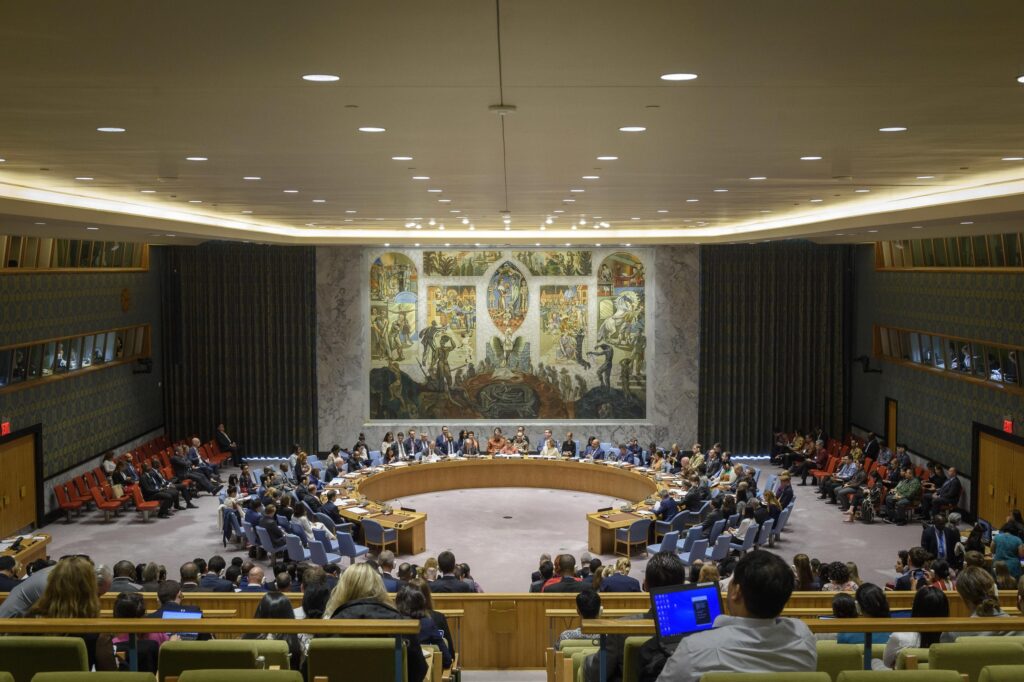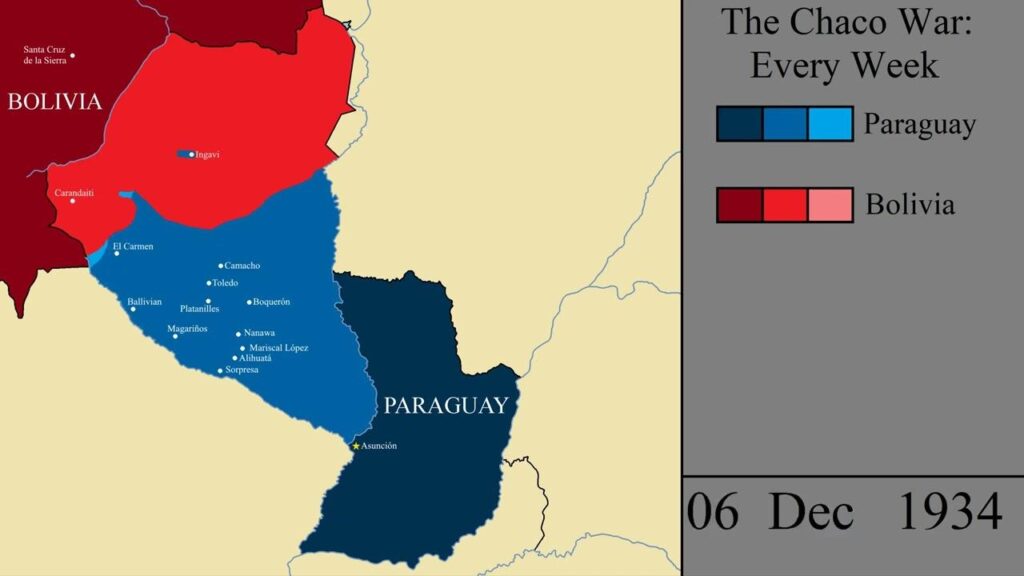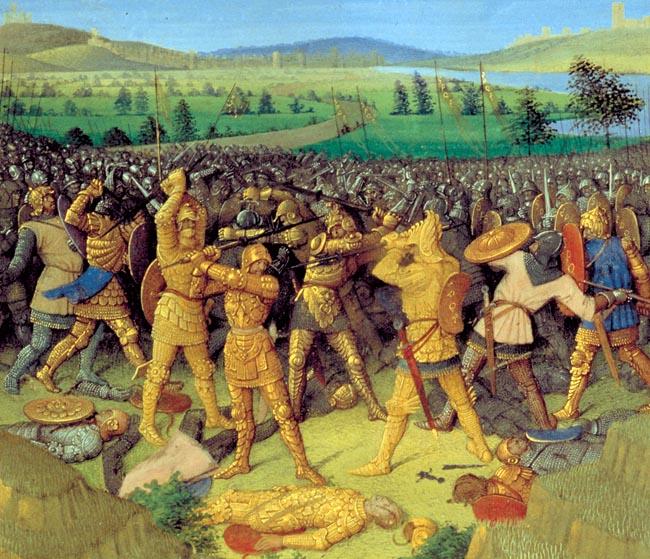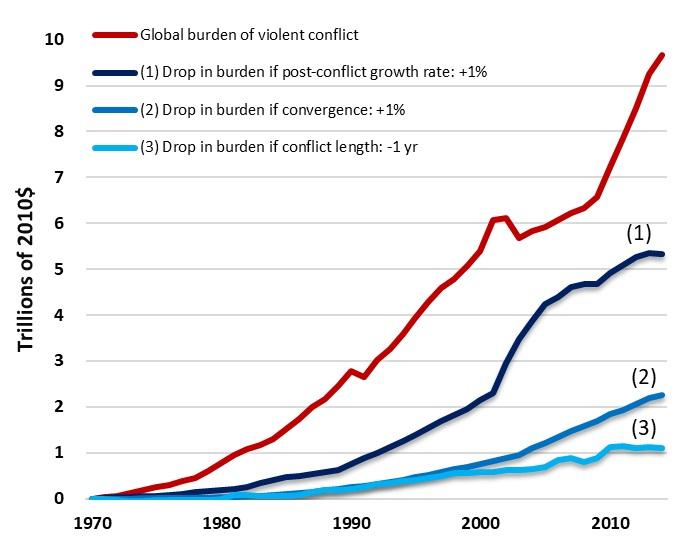There’s something uniquely powerful about watching history unfold through the lens of a war documentary. Unlike textbooks or lectures, these films bring the past to life in a way that feels immediate, raw, and deeply human. They don’t just tell us what happened; they show us the sights, sounds, and emotions of those who lived through the chaos. In this blog post, we’ll dive into how war documentaries keep history alive and real—connecting us to moments that shaped our world and reminding us why remembering matters. Whether you’re a history buff or just curious, you’ll come away with a new appreciation for how these stories are told and preserved.
Table of Contents
- The Power of Personal Stories in War Documentaries
- Bringing History to Life Through Authentic Visuals
- Why Including Veteran Perspectives Matters
- Tips for Choosing Impactful War Documentaries to Watch
- In Retrospect
The Power of Personal Stories in War Documentaries
Personal stories in war documentaries act as powerful bridges connecting viewers to the human side of history. By focusing on individual experiences rather than abstract facts, these narratives transform distant conflicts into relatable and emotional journeys. They evoke empathy and understanding, reminding us that behind every battle and strategy, there are real people with hopes, fears, and dreams. This approach not only enriches the storytelling but also helps viewers grasp the profound impact war has on everyday lives.
What makes these stories so impactful?
- Authenticity: Firsthand accounts bring genuine emotions and details that textbooks often overlook.
- Connection: Hearing a veteran’s voice or a civilian’s memories allows us to form a personal link to history.
- Perspective: Through individual stories, documentaries highlight diverse experiences, painting a fuller, more nuanced picture of war.
- Legacy: These narratives preserve memories that might otherwise fade, ensuring future generations understand the true cost of conflict.
Bringing History to Life Through Authentic Visuals
War documentaries have a unique power to transport viewers back in time, not just through compelling stories but by immersing them in the very atmosphere of the events. Using authentic visuals such as archival footage, rare photographs, and meticulously recreated battle scenes, these films allow audiences to witness history as if they were there. This visual authenticity bridges the gap between past and present, transforming distant facts into relatable human experiences that resonate deeply with the viewer.
In addition to archival materials, many documentaries incorporate:
- Firsthand accounts and interviews with veterans and historians
- Animations that clarify complex strategies or battlefield movements
- Authentic sound design that captures the chaotic and emotional layers of conflicts
This combination of genuine visuals and narrative depth fosters a vivid, engaging portrayal of war’s realities, ensuring that history is retained not just in textbooks but alive in minds and emotions.
Why Including Veteran Perspectives Matters
There’s an authentic depth that only veterans can bring to war documentaries. Their firsthand experiences breathe life into historical accounts, transforming them from distant stories into vivid, relatable narratives. Including their voices ensures that the raw emotions, the shocks, and the personal sacrifices are not lost in translation. This perspective provides viewers with a genuine connection to the past, making the history accessible and deeply human.
Moreover, veterans offer unique insights that challenge simplified or glorified portrayals of conflict. Their reflections often highlight:
- The complexities of moral dilemmas faced on the battlefield
- The bonds forged in moments of extreme adversity
- The lasting impact of war on individuals and communities
By embracing these perspectives, documentaries not only educate but foster empathy and understanding across generations, creating a powerful bridge between history and today’s audience.
Tips for Choosing Impactful War Documentaries to Watch
When selecting a war documentary that truly resonates, start by focusing on the authenticity of sources. Look for films that integrate firsthand accounts, archival footage, and expert analyses, as these elements ground the narrative in real experiences rather than speculation. Additionally, consider the filmmaker’s perspective—documentaries offering fresh or lesser-heard viewpoints can deepen your understanding and challenge mainstream interpretations. Remember, a compelling war documentary doesn’t just recount facts; it connects emotionally while maintaining historical integrity.
Another useful approach is to explore a variety of documentary styles. Some thrive on detailed storytelling with rich visuals, while others might adopt a more analytical or investigatory tone. To enhance your viewing experience, check if the film includes supplementary materials like interviews, maps, or timelines—these can clarify complex military strategies or political contexts. Here’s a quick checklist to keep in mind:
- Credibility: Verify the filmmaker’s credentials and the documentary’s reviews.
- Balance: Seek films that respect multiple perspectives.
- Engagement: Choose documentaries that keep you emotionally and intellectually invested.
- Educational value: Does it expand your knowledge beyond the obvious?
In Retrospect
As we’ve seen, war documentaries do more than just recount battles—they bring history to life in a way that textbooks often can’t. By capturing real stories, emotions, and perspectives, these films create a powerful bridge between the past and present. Whether you’re a history buff or just curious, watching these documentaries can deepen your understanding and keep the memories of those who lived through war alive in our collective minds. So next time you want to connect with history on a human level, consider pressing play on a war documentary. It might just change the way you see the world.












